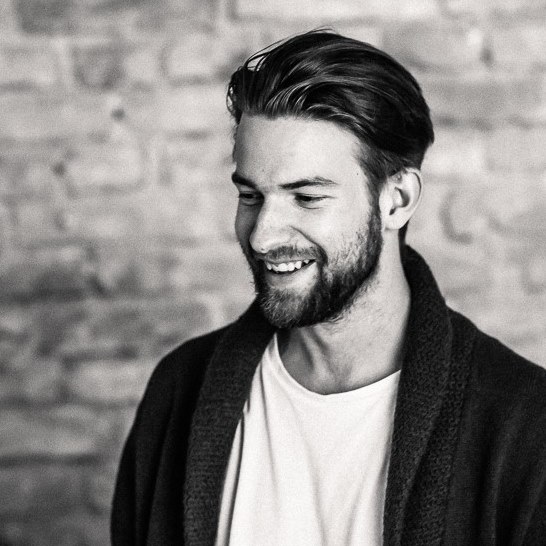
JOURNAL
The Zoo Palast: a true gem of German cinema history
“Everything was better in the past.” A dreadful phase and stylistically speaking a poor intro to a text. But whether you believe it or not, there’s a lot of truth to this sentence..[BREAK]
But what used to be better in the past, you will no doubt be asking yourself? Well, just take the cinema, for example. While most people these days prefer to lounge on the sofa and stream the latest motion pictures illegally on their laptops or binge on Netflix, I still love going to the cinema.

Being swept up by the film, forgetting everything around me and immersing myself in a foreign world that is either fictitious or a reflection of reality. Just like Franz Kafka, who once wrote in his diary: “Went to the cinema. Cried.”
Yes, it’s true that the golden era of cinema, the 1950s, ended a long time ago. Flat screen TVs, DVD players, streaming providers, private TV channels and other technological innovations are regularly posing challenges for the dream factories and movie theatres of this world. But nevertheless, people are still queuing up in their droves at the box offices to watch sold-out film showings the good old-fashioned way.
Like at Berlin’s Zoo Palast cinema, for example, which also sprung up out of the ground during the heyday of motion pictures in the mid-1950s, and to this day (with a few interruptions and the reconstruction work after the Second World War) is the most well-known cinema in Germany and Berlin. In fact, the Zoo Palast, built as West-Berlin’s big cinema in 1957 by Gerhard Fritsche on the bombed Ufa-Palast at the Zoo, can actually look back on a long decline.
To begin with, the cinema was regarded as the hub of the Berlinale film festival. Countless high-profile actors and directors from all over the world such as Jodie Foster, Tom Hanks and Steven Spielberg have graced the red carpet here. But it gradually descended into a pseudo-multiplex and was almost demolished during cinema’s general demise in the City West. Fortunately, that never happened. Well, at least just in part.
But what are Hans-Joachim Flebbe and his team from the Zoo Palast doing differently to the gigantic multiplex cinemas that can meanwhile be found in every medium-sized city?
A few things spring to mind, such as the grand, elaborate light and music show, paired with what are probably the most comfortable cinema seats in the German capital. Or a dancer dancing under a wall of water to a song by Frank Sinatra, as well as live broadcasts from the best theatres in the world. All of which is enriched, of course, by the palpable history of the building and its glamour of bygone days.
At the reopening of the Zoo Palast in 2013, following three years of complex renovations, Dieter Kosslick, Director of the Berlin International Film Festival, said: “A lot has happened here at the Zoo Palast, and a lot will happen here in the future.” And he’s right. So, what better reason to start going to the cinema more often? And what better place to start than at Berlin’s Zoo Palast?



